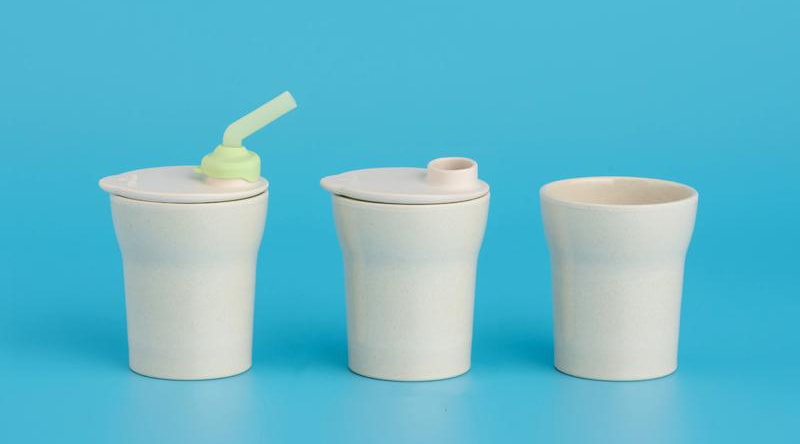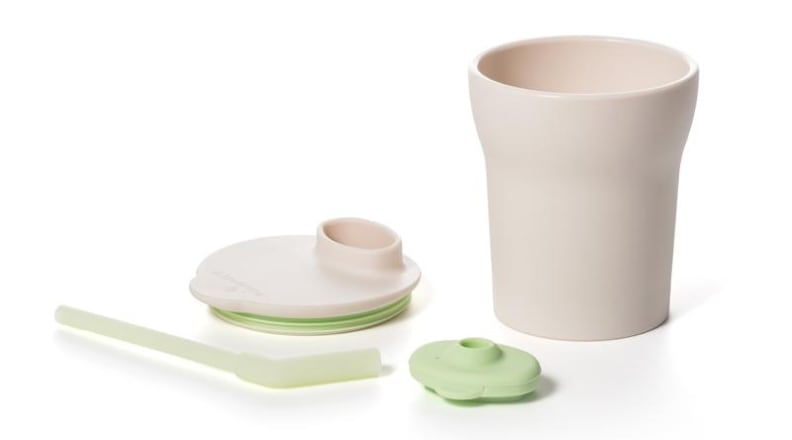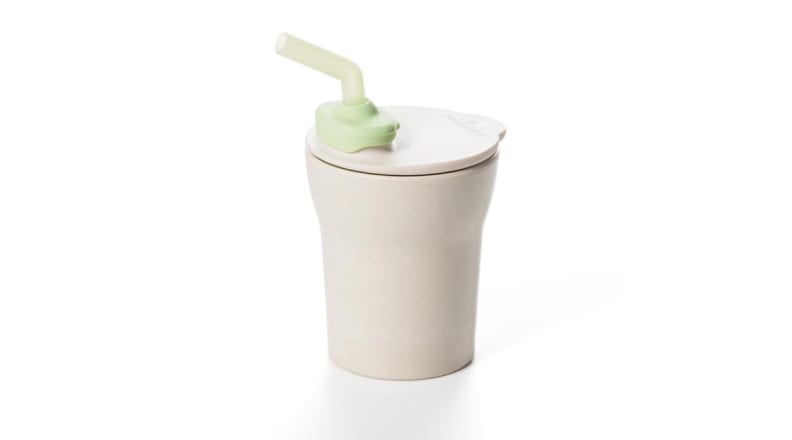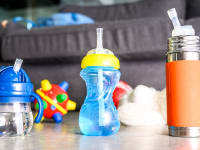My toddler tried this sustainable straw cup—is it worth it?
The eco-friendly cup sounds like a dream, but using it is another story.
 Credit:
Bonnsu LLC
Credit:
Bonnsu LLC
Products are chosen independently by our editors. Purchases made through our links may earn us a commission.
When I was pregnant for the first time, everyone warned me about the lack of sleep, the endless feedings, the piles of laundry—the list goes on and on. But nobody ever told me what a chore it would be to find a good straw cup for my toddler to use when transitioning from a bottle.
During my work here at Reviewed, I’ve tested (with the help of my youngest child) 12 different straw cups for toddlers to find one that works best. While I’m happy with my current recommendations, I’m always on the prowl for something better. So, when I was presented with the chance to try a straw cup that’s made without any plastics, harmful chemicals, and is biodegradable, I knew I had to give it a shot. I enlisted my 16-month-old son, who, by now, is a straw cup expert in his own regard, to help me find out whether the Miniware 1-2-3 Sip! Cup is worth it or not.
Here’s what to know about the cup

The Miniware 1-2-3 Sip! Cup is made without plastic, unlike many other straw cups for kids.
The Miniware 1-2-3 Sip! Cup feels unlike other straw cups for toddlers I’ve used before. The $14 cup feels more like it’s made from durable ceramic. And, the Miniware straw cup, which measures 3.5-inches tall, is lightweight, making it easy for little hands to carry around, even when full.
One of my most important household missions is living with as little plastic as possible. That’s no easy feat, especially with kids. These days, it seems that most of the cups marketed for kids contain some amount of plastic, even if it’s made without chemicals like phthalates, BPA, BPS, and PVC.
The Miniware cup is made without those, too, but goes a step further by using plant-based materials like bamboo fiber, veggie starch, and emulsion.
There are a few things to note about assembling the cup. Make sure to place the lid on first without the straw. When I put the lid on the cup with the straw already in place, liquid shot up out of the straw and went everywhere when I pushed down to secure the lid.
One more piece of advice: Put the straw inside the green-colored straw holder first, and then pull down to secure the straw in place. I also found the lid hard to fasten at times and could not always get it to lock into place, especially when the cup was filled with liquid. It took some finagling to get it just right, however, this was not an issue every time I filled the cup.
As for cleaning, you’ll need to buy a skinny bristle brush, like this drinking straw brush kit available on Amazon for $4.99, as the product doesn’t come with one. The rest of the cup can be placed in the dishwasher and cleaned with your other dishes.
Here’s how it went

Weighing in at only 6.1 ounces, the stylish cup is easy for little hands to hold.
I’d love to tell you the cup doesn’t leak, however, I found that not to be the case while testing the cup with my 16-month-old. While the cup didn’t dispense any liquid when I turned it upside down or shook it from side-to-side, it failed miserably during drop tests. Every time my son threw the cup (and each time I dropped it on the floor during testing), the lid busted off, sending liquid everywhere. Some Amazon reviewers reported that the cup broke when dropped, although I didn’t run into that issue during my seven days of testing.
One thing I do like about this cup is the soft straw. It’s not often that my toddler falls down while drinking, but on the off chance he did, I wouldn’t worry about the Miniware straw causing any damage to his mouth since it’s made from silicone.
To transform it into a sippy cup, remove the light green straw holder on the lid. However, keep a watchful eye if you go this route. When using it as a sippy cup, the mouthpiece is fairly large, meaning that liquids will more than likely escape.
This function is better suited for older toddlers who are less likely to throw the cup or turn it upside down. Although we were unsuccessful at using the cup without the straw, I decided to try it out as a snack holder. The opening is just big enough for Annie’s Cheddar Bunnies to fit through.
Is it worth it?

The cup is designed to help toddlers learn to drink from a straw and then gradually transition to a real cup.
I really wanted to love this cup. As a mom, the Miniware 1-2-3 Sip! cup checks all of the boxes in terms of what I’m looking for in an eco-friendly, non-toxic, kid-friendly cup that's made from plants. Another thing I like about this cup is that it doesn’t look like a traditional toddler cup. It’s sleek, modern, and has a fairly minimalistic vibe instead of the usual bright (sometimes tacky) colors and character prints many kid’s cups have.
However, I don’t think I’d give this cup to my toddler on a regular basis since the lid easily pops off when tossed (and the less cleaning I have to do, the better). Although the Miniware cup is made for children ages 9 months and up, it’s better suited for older toddlers who aren’t tempted by the forces of gravity to throw it. Or, if you have a well-behaved toddler, this cup is a great option at the dinner table, but not so much for when you’re out and about.


